Cavemen: why thousands of Chinese still live in caves
Categories: Asia | Design and Architecture
By Pictolic https://pictolic.com/article/cavemen-why-thousands-of-chinese-still-live-in-caves.htmlIn some parts of Central China are still living tradition to dig homes in the ground. For example, the city Sanmeng in Henan province consists entirely of such structures. The reluctance of residents to leave the centuries-old way is due not only to the fact that the underground neighborhoods attract crowds of tourists.
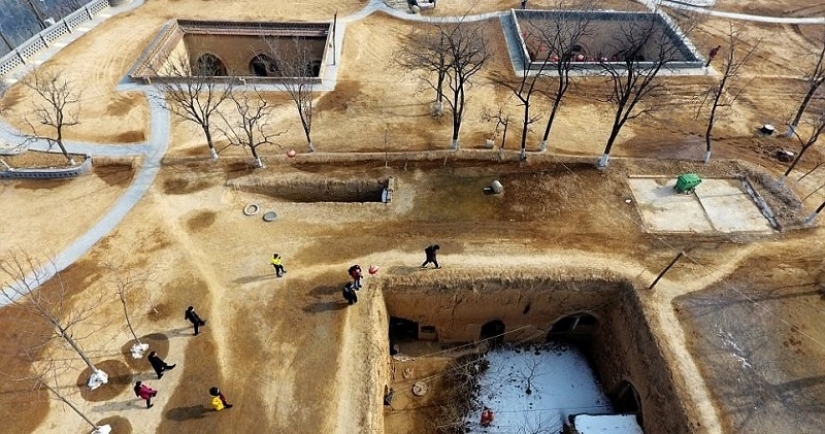
The history of the houses yaogun ("cave houses") can be traced back to the bronze age, when the Chinese lived in the deep pits and dugouts. Much later, during the Ming Empire, these buildings have acquired a modern look. Appeared square and rectangular courtyards, shared by several apartments.
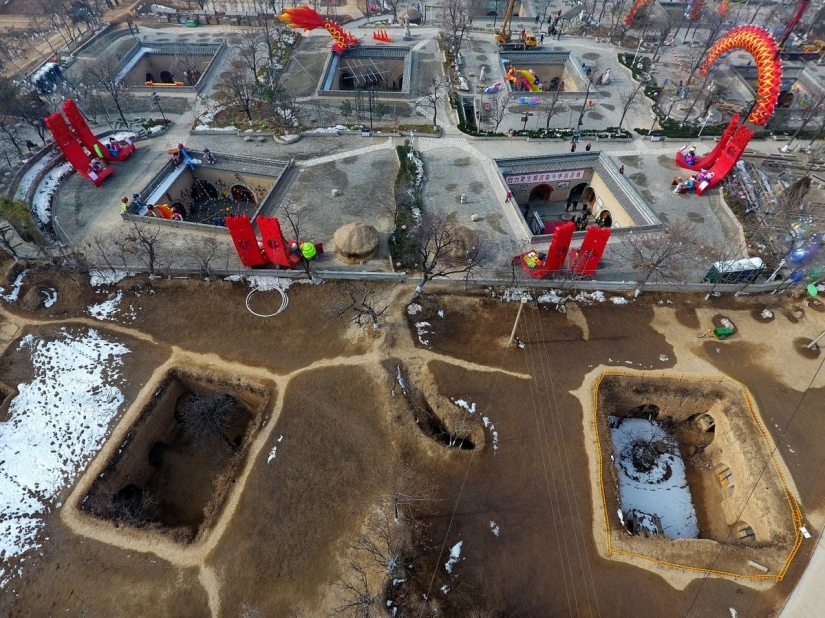

In 2011, the residential neighborhoods in the city Sanmeng was included in the list of intangible cultural heritage of China and are currently under state protection. House dug into the hillside, go under the ground to a depth of 6 to 11 meters. The main advantage is energy efficiency. In summer even at noon the temperature in houses does not rise above 20 degrees and in winter does not fall below 8-10. For agricultural district this factor is important in the XXI century.

Now most of the houses in Sanmeng upgraded, they summed up communication plumbing and electricity. Of course, with a decent view are those of aduno where tourists. All those who wish to not only sightsee, but to stay here. Month stay in a "room" without facilities will cost $ 30.
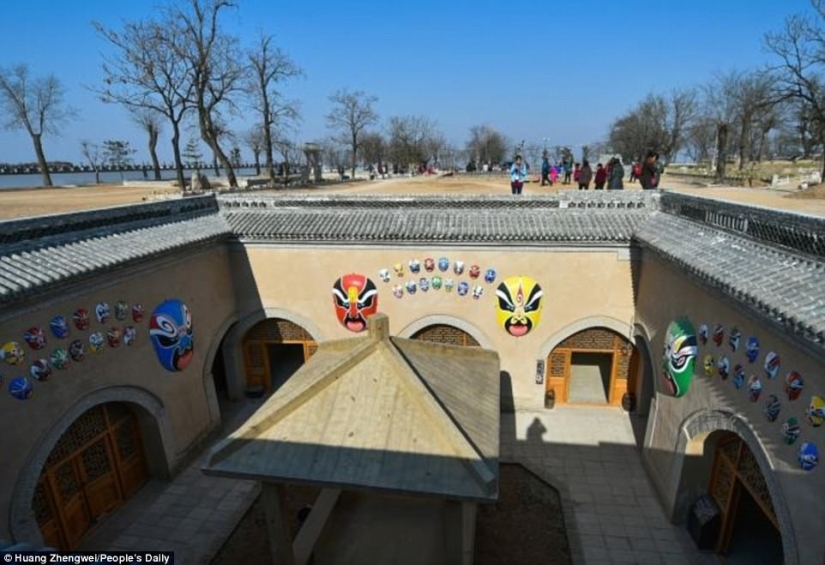
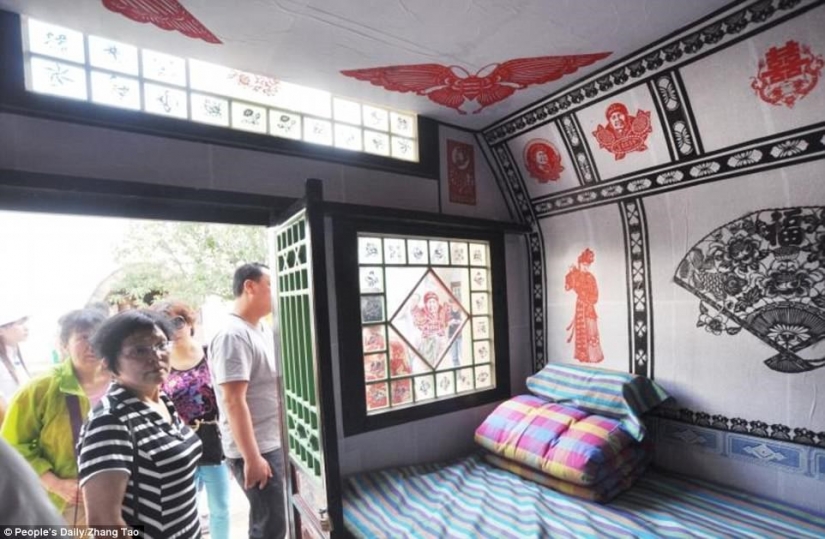
However, there are many authentic houses, which are still inhabited. "In atune always warm and good, — says a local resident Zhang Jizzum. Here my grandfather lived here, my grandchildren were born. Our family takes eight younow. It is very convenient: when the family expands, just swarm a new home".
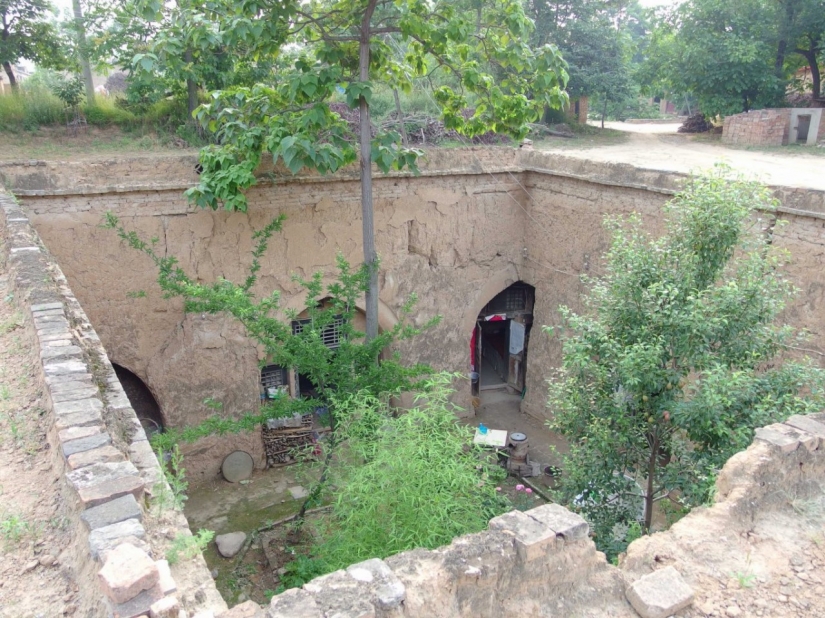
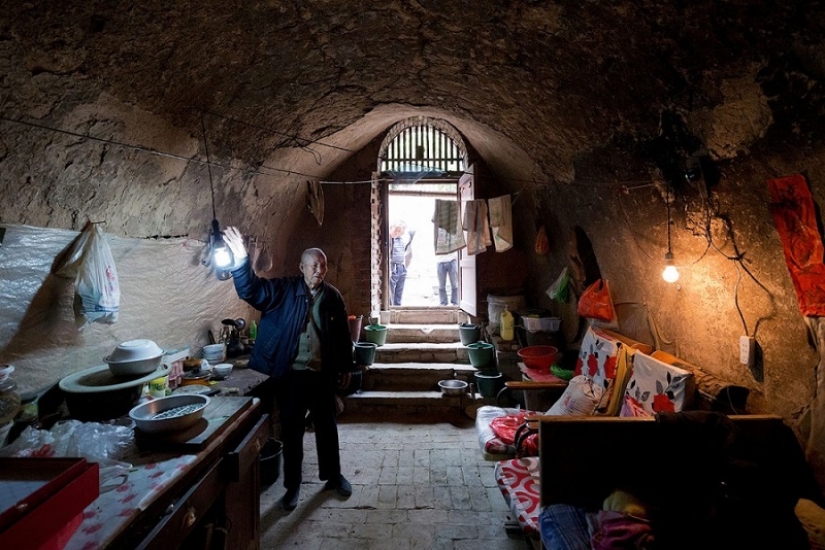
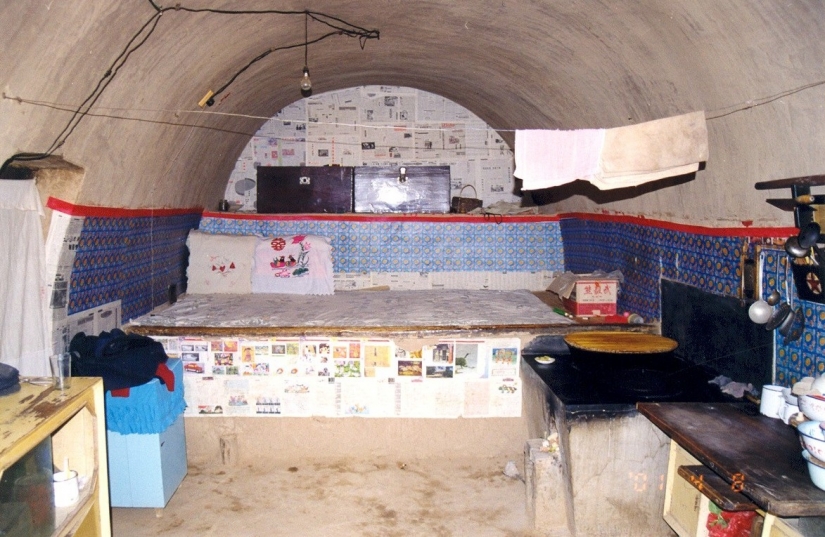
Keywords: City | China | Tradition
Post News ArticleRecent articles

Why do we wear underwear? To take care of health, for hygienic purposes or playing along with fashion trends — one way or ...

The name of Alexander p. Mamkin has gone down in history thanks to his exploits during the great Patriotic war. One of them is the ...
Related articles

By the end of the XIX century the art of Maori tattoo has almost disappeared due to the spread in New Zealand bounty hunting, but ...

Jodhpur — second largest city of Rajasthan, India. Until the mid XX century served as the capital of Marwar Raja. It rarely ...

Welcome to London – a city that consumes more energy than other European countries. From above, the bright lights of the ...

The late 1920s and early 1930s photographer Clifton R. Adams (Clifton R. Adams) spent in England, where he went on behalf of the ...